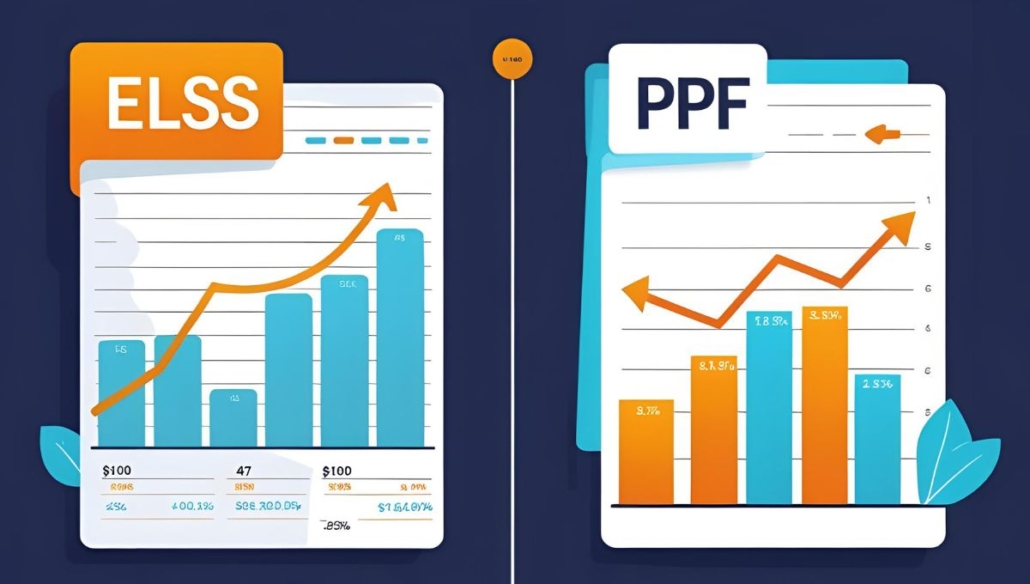₹1 Crore Retirement Plan: A Strategic Investment Guide for a Peaceful Retirement Introduction: Why You Need a ₹1 Crore Retirement Plan Retirement should be a phase of comfort, not compromise.…
Posted inMutual Fund
Introduction: Why This Comparison Matters Mutual fund managers, face countless questions related to TREPS in Mutual fund and TREPS vs FDs like, “Should I just park my idle funds in…
Is ₹1 Crore Really Enough Anymore for Smart Retirement Planning? You might think ₹1 crore is a big amount. But is it enough to retire comfortably? Let’s be honest—10 years…
Posted inMutual Fund
Have You Heard of TREPS in Mutual Fund? If you're investing in mutual funds, especially liquid or overnight funds, chances are your money has already "met" TREPS. But we rarely…
Posted inMutual Fund Investment & Savings
Mutual Funds vs. Equity: When stepping into the world of investing, one of the biggest decisions you’ll face is choosing between mutual funds and direct equity (stocks). Both investment options…
Posted inMutual Fund
Understanding Mutual Fund Underperformance As a middle-class investor, every rupee you invest carries the weight of your aspirations—be it your child's education, a comfortable retirement, or a dream home. When…
Posted inInvestment & Savings Mutual Fund
Mutual Funds vs PMS: When it comes to growing and managing your wealth, today’s investors have a range of options tailored to different financial goals, risk appetites, and levels of…
Posted inInvestment & Savings Mutual Fund
Regular vs Direct Mutual Funds: When investing in mutual funds, one of the first decisions you'll need to make is choosing between a Regular Plan and a Direct Plan. While…
Posted inInvestment & Savings Mutual Fund
Introduction ELSS vs PPF Choosing between an Equity Linked Savings Scheme (ELSS) and a Public Provident Fund (PPF) is a pivotal decision when crafting a smart tax-saving strategy under Section…










